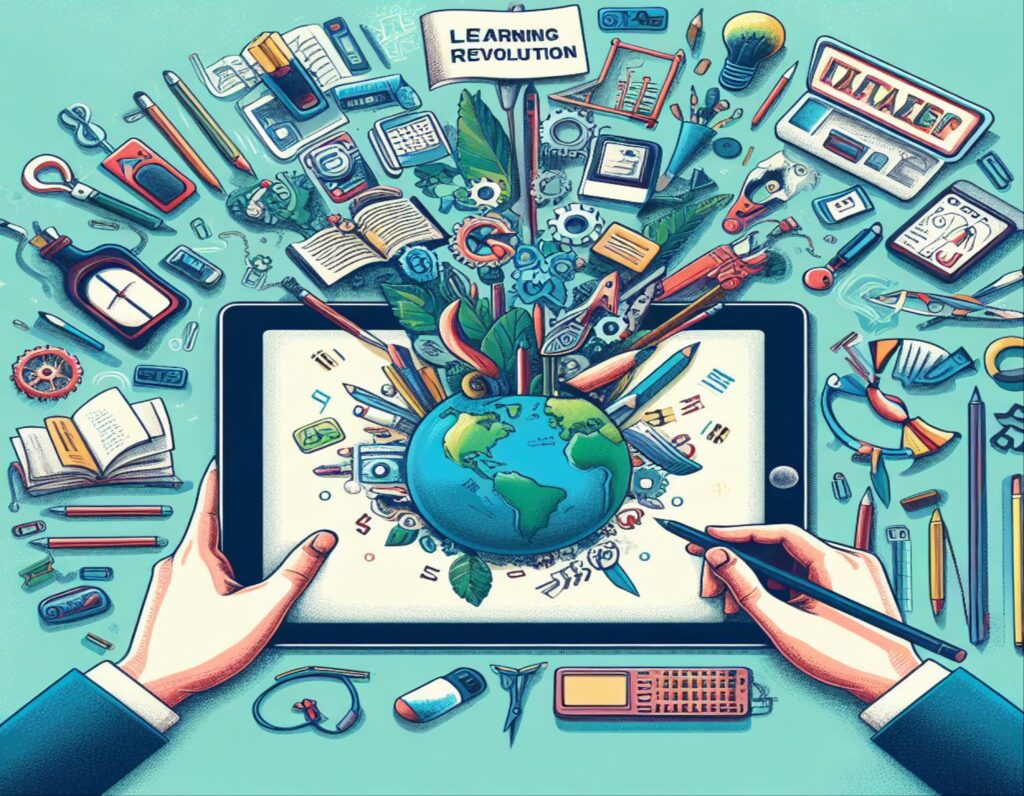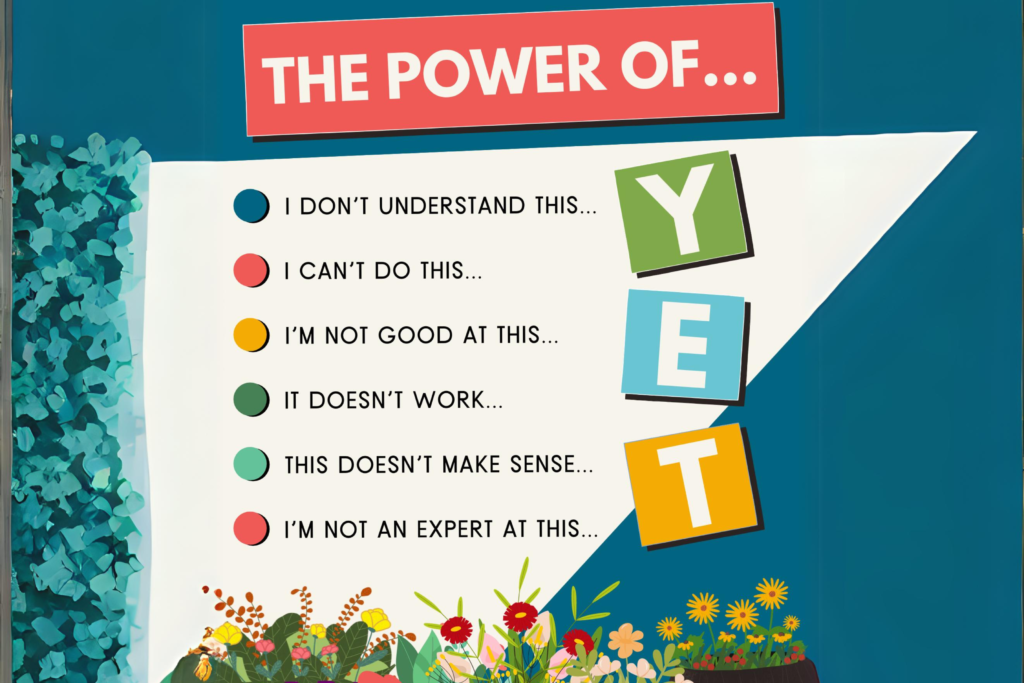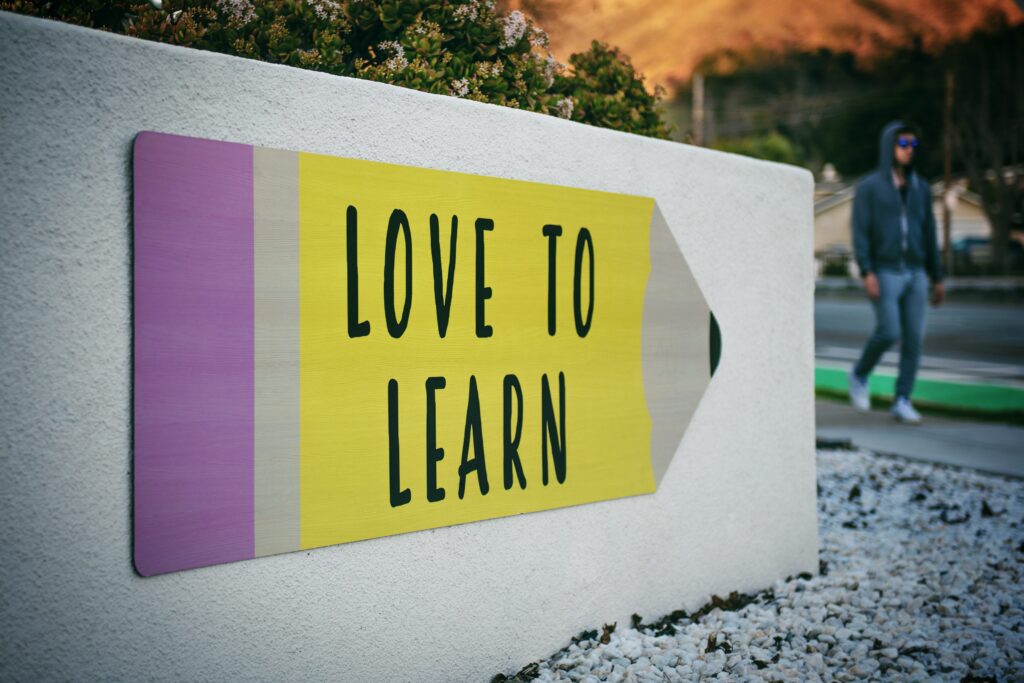Impact of the Blended Learning Station Rotation Model on Student Engagement
EDLD 5317
Jan 20, 2024
Introduction:
In this article, I share insights and experiences from my innovative proposal, “Interactive Learning Pods: A Dynamic Blended Learning Solution” The article delves into the transformative potential of this approach, connecting the topic to the broader landscape of education, highlighting key considerations, lessons learned, and the digital resources integral to its success.
Connection to Innovation Plan:
The article explores the core concept of Interactive Learning Pods, emphasizing the need for a student-centered approach in education. It details how the proposal integrates the Station Rotation Blended Learning Model to create an engaging and personalized learning environment, shifting the teacher’s role to that of a facilitator and mentor.
Key Considerations:
Educators and administrators should consider the diverse preferences and needs of students when implementing innovative approaches. The article suggests careful planning for smaller learning groups, the utilization of educational technology for personalized learning plans, and the shift in the teacher’s role. It emphasizes the importance of gathering feedback for continuous improvement.
Lessons Learned:
The article shares insights gained from the pilot implementation, emphasizing the positive impact on student engagement, personalized instruction, and the development of social skills through collaborative projects. Lessons learned include the significance of flexibility, adaptability, and the need for ongoing assessment and feedback.
Submission Options:
Edutopia.org: Considering submitting to Edutopia.org, an online education resource and publication that focuses on innovative teaching practices, educational technology, and positive changes in education.
Submission guidelines:
How to propose a post to edutopia.org
Send an email to GUESTBLOG at EDUTOPIA (dot) ORG with “Guest Blog: [Proposed Post Title]” in the subject line, and be sure to include the following information:
- A few sentences describing your proposed post and a detailed outline (keep in mind that finished blog posts should be around 850–1,000 words).
- Links to any multimedia you plan to include.
- A few words about the intended target audience for your blog (for example, high school math teachers, administrators, etc.)
- A roughly 80-word bio with details about your role in education.
- Three to five links to other pieces (if any) you’ve written, particularly for academic publications.
- Full disclosure of any commercial interest in any products or services mentioned.
- Your Twitter handle (if you have one)
- Please note: We accept only original submissions. If your post has appeared elsewhere, we will not accept it.
EdTech Magazines: Consider submitting to magazines like EdSurge, which focus on educational technology and innovative teaching methods.
Submission guidelines:
How to Pitch Your Story
There are a few ways to pitch us.
Have an idea to pitch? Please submit a story pitch — ideally two to three paragraphs including a claim or essential question you plan to explore with a few details about what you plan to include, and why your experience can help to tell this story. Along with your pitch, let us know what your current role is. You can submit here or email to voices@edsurge.com.
Have a draft already? Please submit your draft to voices@edsurge.com. Aim to keep your essay under 1,200 words and please include relevant links to sources (in the body) as evidence for your points and any photographs, videos, charts or graphics that help tell your story. In addition, please include a brief bio, links to your work and a photo of yourself.
If we’re interested in working with you to edit and publish your story, we’ll get back to you within one month with an email outlining next steps. If we accept your submission, we will assign an editor to work with you.
What Could Lead Us to Decline Your Piece?
Lack of fresh perspective or information
The writer doesn’t have firsthand experience with the topic
Lack of clarity
Not enough substance or evidence for the points discussed
The piece reads like marketing material or a press release for a product, company or service
The writer has an affiliation with a company, product or service that creates a conflict of interest
Excessive vitriol or pandering
We steer clear of conflicts of interest or subtle bias. That means if you’re receiving any perks or compensation for organizations that you’re writing about or that are related to the subject that you’re describing, and that relationship creates a conflict of interest, your pitch will not be accepted.
How Can This Information Help Others:
Educators and administrators stand to gain invaluable insights into the transformative impact of implementing Interactive Learning Pods through the experiences shared in this article. For teachers embracing this strategy, the benefits are manifold. They can foster a dynamic and inclusive learning environment where personalized learning plans cater to the diverse preferences and needs of individual students. This not only empowers educators to adapt their teaching methods but also cultivates a sense of ownership and engagement among students.
The advantages extend to students as well. The Interactive Learning Pods model promotes active participation, collaborative projects, and the development of essential social skills. By tailoring lessons to individual strengths and areas for improvement, students experience a more personalized and effective learning journey. Moreover, the shift in the teacher’s role to that of a facilitator and mentor enhances the overall learning experience, providing students with guidance and support tailored to their unique requirements.
Digital Resources Included:
The article includes links to digital resources such as:
- Common Sense Education: A platform providing resources for digital citizenship education, assisting educators in teaching students responsible and safe use of technology.
- Kahoot and Blooket: Interactive quiz platforms that engage students in learning through game-based quizzes, making the educational experience more fun and interactive.
- Mystery Science and BrainPop Jr.: Platforms specializing in science education, providing interactive and engaging content to make learning science concepts enjoyable for students.
- Nearpod: An interactive lesson platform that allows educators to create and deliver engaging lessons, assessments, and collaborative activities in real-time.
- Lumio: A platform facilitating collaborative projects, enabling students to work together on creative and educational endeavors, promoting teamwork and communication skills.
Audience, Digital Presence, and Message:
The primary audience includes educators, administrators, and policymakers interested in innovative teaching methods. The article’s digital presence involves sharing on educational platforms, social media, and relevant communities. The message is clear: Interactive Learning Pods have the potential to revolutionize education, fostering a more engaging, personalized, and collaborative learning environment.
Examples of Successful Elements within the Pilot Implementation:
Increased Student Engagement: Observing higher levels of student engagement during interactive activities within the learning pods, such as collaborative projects, group discussions, and hands-on learning experiences.
Personalized Learning Plans: Implementing personalized learning plans using educational technology to assess individual strengths and areas for improvement, leading to more tailored lesson plans and activities.
Positive Impact on Attitudes: Noting a positive shift in students’ attitudes towards the learning process, indicating a more enthusiastic and motivated approach to their studies.
Anecdotes about the Implementation:
Success Story in Collaborative Learning:
In our third-grade science class, students embarked on an exciting project to create a “Science Spectacular.” Each group took charge of a different scientific concept, whether it was exploring the solar system, understanding the water cycle, or conducting simple experiments. Their collaboration was remarkable, as they researched, designed, and presented their findings together. Through this project, they not only deepened their understanding of science but also honed their teamwork and communication skills, culminating in an impressive showcase of scientific knowledge in our classroom.
Individual Progress Narratives:
In our math class, I had the pleasure of witnessing Sarah’s remarkable progress. Initially struggling with basic math concepts, Sarah’s personalized learning plan included interactive math games and one-on-one sessions to address her challenges. Over time, her confidence soared. She began actively participating in math activities, demonstrating a deeper understanding of mathematical concepts, and even assisting her peers during group work. Sarah’s journey exemplifies the transformative power of personalized learning, igniting a newfound passion for math and academic success.
Teacher as Facilitator:
In our third-grade math class, I experienced a meaningful shift in my role as a teacher. No longer the primary source of information, I became a facilitator and guide. During a math lesson, instead of traditional lectures, I assigned students to solve real-world math problems collaboratively. As I circulated among the groups, I observed vibrant discussions, problem-solving strategies, and peer teaching moments. This change empowered students to take ownership of their learning, transforming the classroom into a dynamic space where math concepts came alive through exploration and collaboration.






